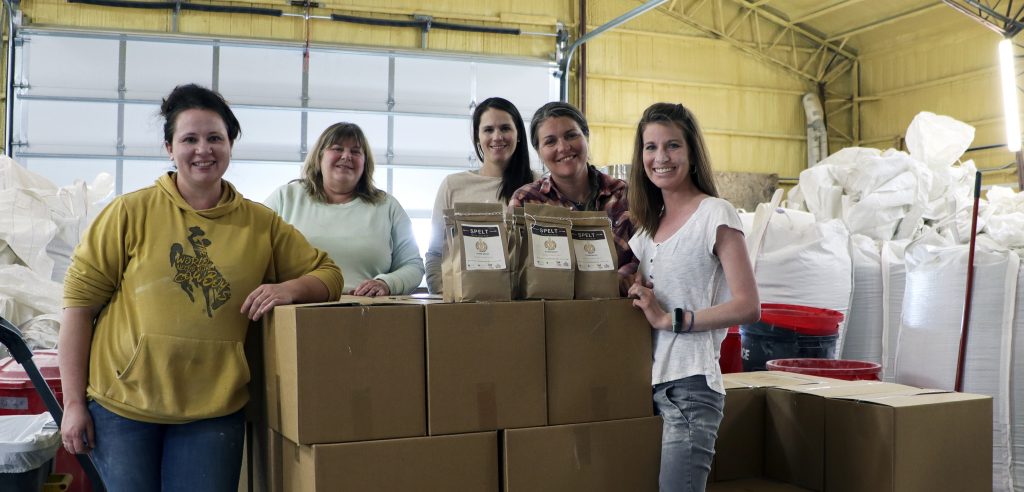
It takes a whole community to help make healthy food available to neighbors facing food insecurity. A new partnership between Wyoming Heritage Grains, Food Bank of Wyoming, the University of Wyoming Extension, and the Cent$ible Nutrition Program (CNP) is doing just this through a donation of Wyoming-grown grains.
“This partnership brings together food producers and processors, agricultural research, food security agencies, and nutrition education to address food insecurity through a collaborative approach,” said Mindy Meuli, director of CNP.
This collaboration comes at a time when food costs are rising and food pantries across the state are seeing more patrons than in the past. Food banks and food pantries play a vital role in addressing food insecurity along with food assistance programs like the Supplemental Nutrition Assistance Program (SNAP) and nutrition education programs like CNP.
Many of these agencies and programs are also considering how access to nutritious foods fits into food security. Availability of fruits, vegetables, low-fat dairy, and whole grains at anti-hunger organizations is a big part of this work. The donation of locally grown spelt flour and wheat berries will boost these efforts, as both are whole grains.
“The donation of whole grains has a double benefit,” said Meuli. “Not only does it increase food access, it addresses nutrition security, which provides nutritious and healthy food options to people who are food insecure.”
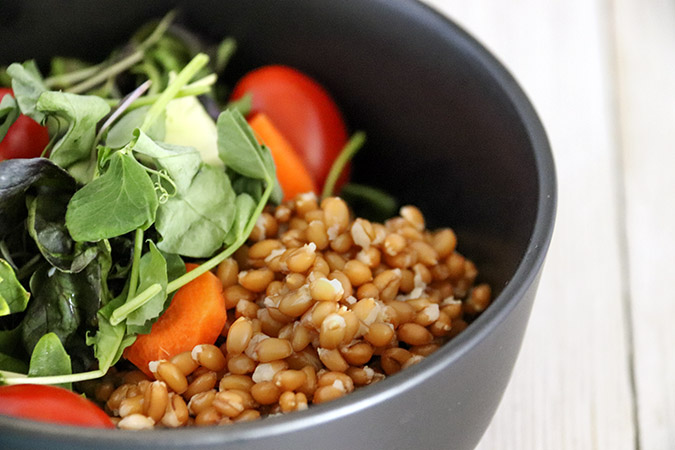
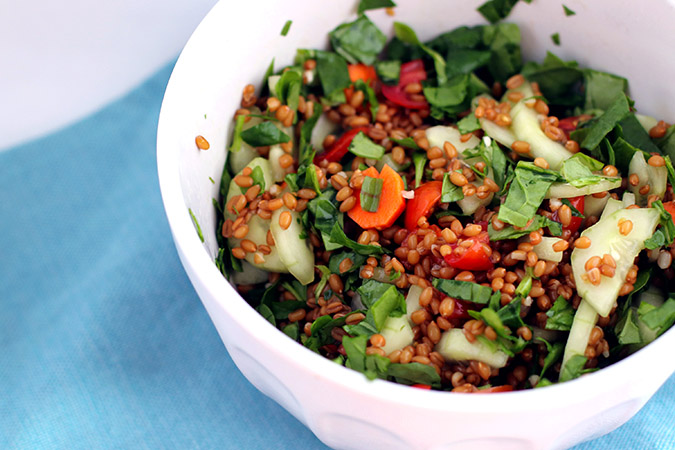
Innovative food production meets agriculture research
“I think it’s really important for people to eat real, whole food and so I was all about this project,” said Sara Wood, owner of Wyoming Heritage Grains.
Wood is a producer based out of Ralston, Wyoming. Her family homesteaded in the area and has been growing grains for 80 years. She grew the Red Spring wheat berries for this donation project and donated her time to mill the spelt into flour.
“I wanted to help get the flour out there, especially with the stone milling,” Wood said. “More of the nutrition is left intact.”
Stone milling keeps all parts of the grain in the flour, including the bran, germ, and endosperm. This increases the fiber and nutrient content of the flour, making it a more nutritious choice. In addition, spelt is an ancient grain, which is higher in protein and some minerals than modern wheat varieties.
Wyoming Heritage Grains is the only commercial grain mill in Wyoming.
“We started out with our small, 8-inch stone mill. I was just going to do this as a side part because our original business was malting. In 2020, that kind of just stopped and so we focused on the flour,” said Wood.
Also newer to her family’s original business is growing ancient grains.
“I started going down this road six or seven years ago,” Wood said. “I wanted to focus on different grains that people might not be aware of and try to figure out a way to process them locally as well. We’re trying to keep it a Wyoming-grown, Wyoming-processed product.”
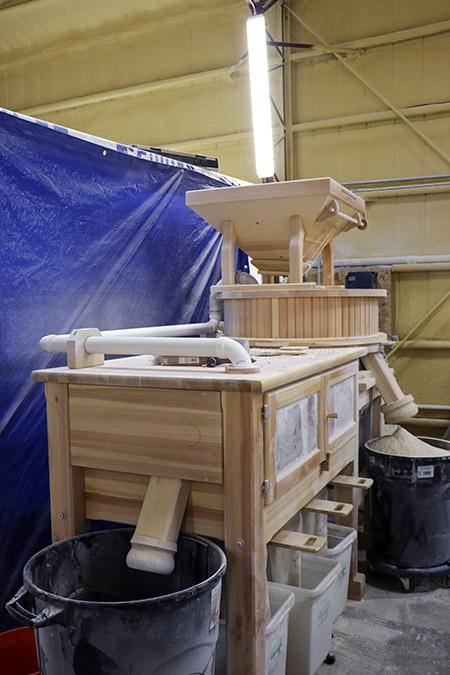
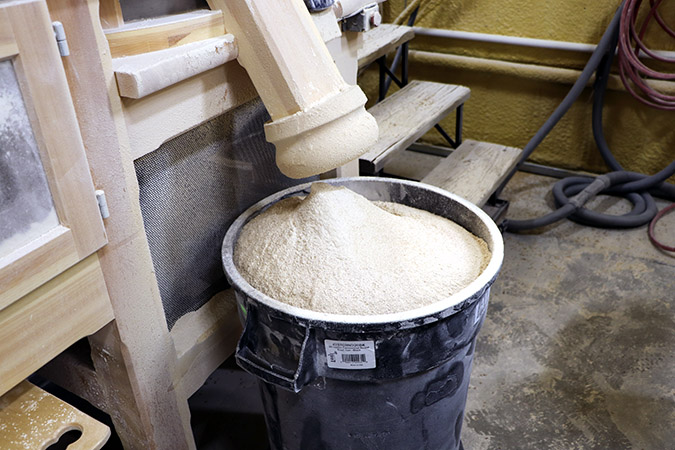

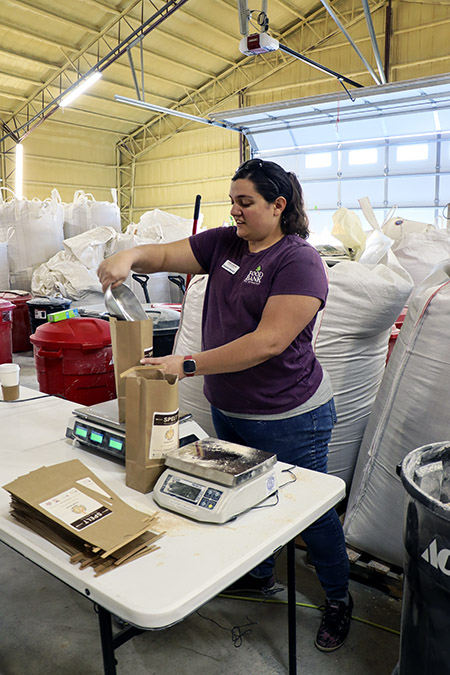
In her efforts to diversify her crops, Wood met Caitlin Youngquist, an agriculture extension educator based out of Washakie County. In 2017, Youngquist began a project that focused on ancient grains that could grow in Wyoming—including spelt, emmer, and einkorn—in place of malt barley.
“The goal was to find alternative grain crops for farmers in Wyoming and help develop consumer markets,” said Youngquist. “In 2017, I worked with the Powell Research Station to put in a few smaller fields with purple barley, spelt, emmer, and flax. I then received some funds from the Western Sustainable Research and Education program (Western SARE) to expand the project to include multiple farms and research stations across the state.”
Between 2018 and 2022, Youngquist worked with five farms and three UW research and extension centers around the state to grow einkorn, emmer, and spelt.
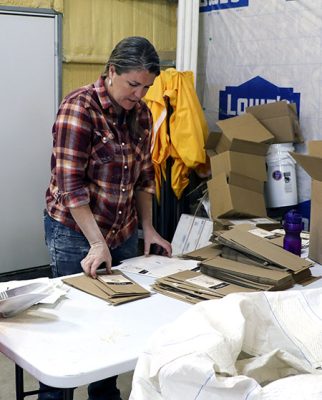
Wood reached out to Youngquist after running into concerns about the einkorn she was growing. From there, the two clicked and started working together, particularly on education around ancient grains.
“Sara and I have worked together to teach several classes around the state on baking with ancient and heritage grains. She has been a great ally for this project,” said Youngquist, who has also done a lot of work to provide education on regenerative agricultural production practices.
The food security, nutrition security connection
In addition to her research with UW Extension as a soil scientist, Youngquist serves as a regional director for First Lady Jennie Gordon’s Wyoming Hunger Initiative.
“When I noticed that we had a lot of surplus grain in storage, I reached out to food pantries in my area to see if they could use some of it,” said Youngquist.
About 1,000 pounds of whole emmer (also known as farro) were shared with food pantries in Fremont, Big Horn, Washakie, Albany, and Laramie Counties with success. Youngquist then reached out to CNP, which works with numerous food pantries in Wyoming, to see about donating larger quantities of the grains across the state and providing recipes and information to food pantry patrons. CNP connected with Food Bank of Wyoming to help with transportation and distribution of the grains.
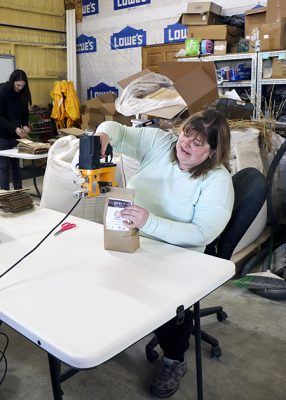
“Supporting local producers and food initiatives is part of the future of feeding our Wyoming neighbors,” said Rachel Bailey, director of Food Bank of Wyoming. “With our large presence and distribution capabilities, Food Bank of Wyoming has the ability to transport these grains to our community partners across the state who can ensure that this nutritious food is going to neighbors facing food insecurity. We are thrilled to be able to support this partnership that includes the growers, processors, and the Cent$ible Nutrition Program, who can educate those in need on how to utilize these wonderfully nutritious offerings.”
To support this effort, CNP will work with local food pantries this summer to provide educational materials and cooking demonstrations using these whole-grain foods. “This is part of our program’s mission to help improve food access in Wyoming,” said Meuli.
The spelt flour and wheat berries will be distributed through food pantries starting in June.
“It is really fun to work on these collaborative projects that get Wyoming-grown food to Wyoming residents. CNP has been a great partner, and Wyoming Heritage Grains provided the milling and packaging services we needed to get this done,” said Youngquist.
To learn more about the project, contact CNP at cnp-info@uwyo.edu or (307) 766-5375.




